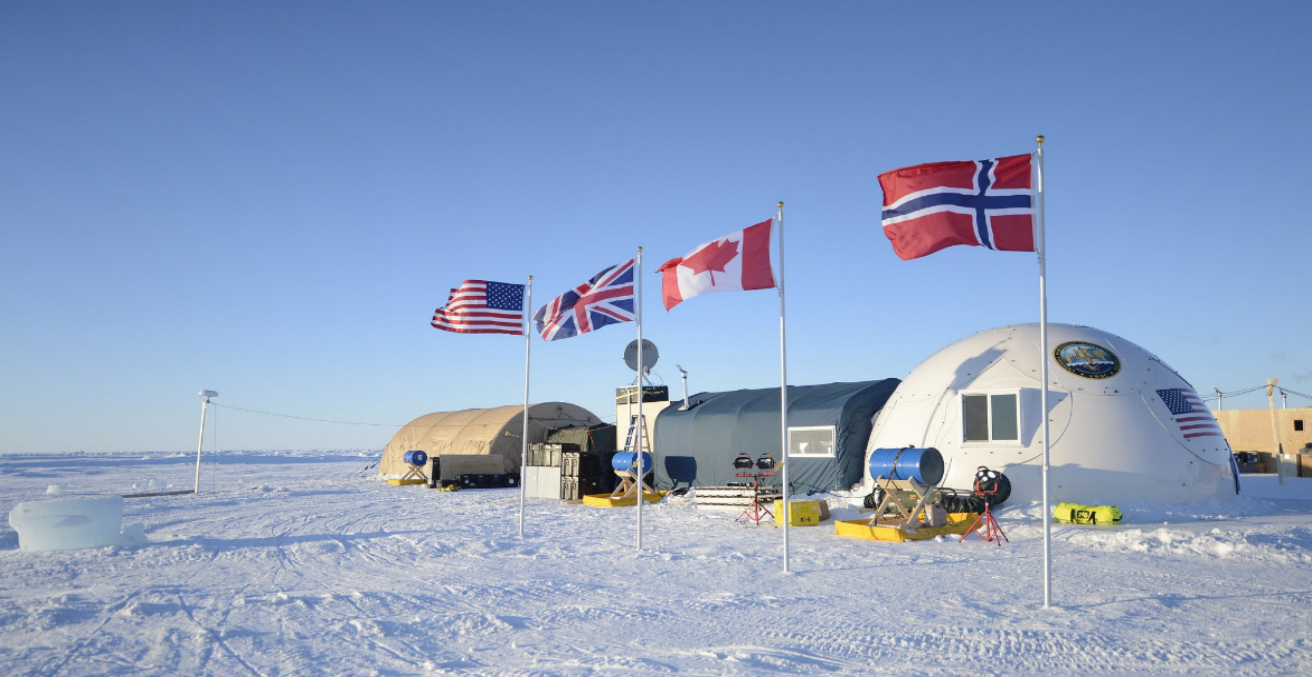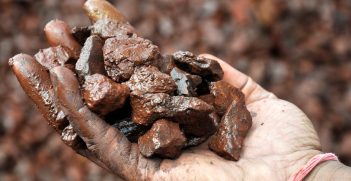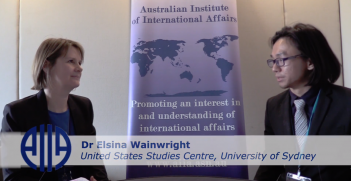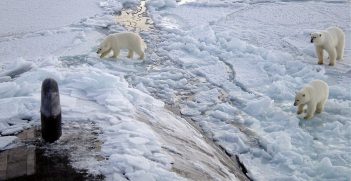The US Goes AWOL in the Arctic

Trump’s missing Arctic strategy gives others a free pass to decide the future of the region, relegating the US to the sidelines of Arctic history.
The Arctic is warming twice as fast as the rest of the world, increasing access to the region’s treasure chest of natural resources and global shipping routes. Early signals regarding the future of the pristine US Arctic under a Trump presidency have proved largely unfounded. The real crisis is US indifference.
The Arctic gets the Trump treatment
Trump flagged his intent to reverse Obama’s decision to close off the US Arctic to drilling in favour of a ‘Drill, Baby, Drill’ Arctic policy. Early on, Trump moved to hand key portfolios to climate sceptics and representatives of Big Oil. Scott Pruitt was handed the Environmental Protection Agency (EPA), an agency he had sued over a dozen times due to environmental legislation overreach as Oklahoma’s Attorney General. Earlier this year, he left the EPA post only to be replaced by coal industry alumnus Andrew Wheeler. Trump then tasked ExxonMobil’s Rex Tillerson with Secretary of State, essentially making Big Oil the US representative to the Arctic Council forum.
In line with the high attrition rate of the Trump Administration, Tillerson was replaced earlier this year with Mike Pompeo. Pompeo, beyond strong ties to Koch Energy, is another staunch climate sceptic. To round out the stranglehold of Big Oil on US foreign policy, Trump tapped Rick Perry on the shoulder to run the US Department of Energy.
It is evident there is a bigger issue at play than the dismantling of Obama’s environmental legacy.
Since the 1980s, Congress has fiercely protected some 19 million acres of US Arctic territory dubbed the Arctic National Wildlife Refuge (ANWR). The US Geological Survey estimates the ANWR oil prize to be as large as 16 billion barrels. Within 12 months of his presidency, Trump had lifted Obama’s ban on drilling in the ANWR coastal plain. This coastal plain section accounts for roughly 10 per cent of the ANWR, with oil production leases expected to be tabled as early as next year.
Trump’s Arctic vision is a continuation of the ‘Make America Great Again’ campaign: opening avenues of economic growth in America’s backyard. The logic follows that the Arctic affords Washington an opportunity to reduce its foreign energy imports by tapping into oil and gas off the Alaskan coast in the US Arctic. Further, the Arctic will also create a slew of local jobs for Americans whilst reviving US energy production. Evidently, the US Arctic affords the Trump Administration two alluring wins: American-made energy and American jobs. As two key pillars of Trump’s broader agenda, it is unsurprising the ANWR found itself in the firing line.
Despite the bravado, there is relatively slow progress on the US Arctic coastal plain front. The lower global oil price and emerging supply glut are two hurdles often blamed by Big Oil. Yet in reality, the US Arctic fields are simply not required in the medium-term to meet US energy needs. Whilst the US has struggled with overdependence on energy imports in the past, there is doubt over the necessity to tap ANWR deposits given the recent boom in US domestic energy production.
US domestic oil production now outpaces Saudi Arabia and Russia, with net oil imports steadily decreasing each year. Likewise, in the LNG space, the US is emerging as a key global LNG player, particularly in the Asian market. It would appear that the US does not need to exploit its ANWR oil stash in the short- to medium-term.
The missing US Arctic strategy
Several crucial Arctic policy challenges remain for Washington. First, the US is yet to ratify the United Nations Convention on the Law of the Sea, which would allow Washington to formally submit territorial claims beyond the US Exclusive Economic Zone. The US is still without a Special Representative for the Arctic, after the role became vacant back in January 2017. In leaving this diplomatic post empty, the US is signalling to its Arctic neighbours – Russia, Canada, Norway and Denmark – just how little of a priority the region is for the inward-looking Trump Administration. The US has lost much of the momentum gained by Admiral Robert Papp during his tenure as Special Representative for the Arctic.
Arctic strategy is not getting any air time in the Trump Administration. The indifference towards its Arctic identity is echoed in Washington’s strategic planning. Stunningly, the 2018 National Defense Strategy made no reference to the Arctic at all. In seeking to “restore America’s competitive military advantage” against China and Russia, it is perplexing that this strategy omits a central region of the world – the Arctic – where all three powers are active. Trump’s 2017 National Security Strategy fails to engage with the climate change challenge and only mentions the Arctic in passing with regards to multilateral institution-building.
The United States’ 2016 Arctic Strategy was originally developed from two key strategic guidance documents: the 2009 Arctic Region Policy and 2013 National Strategy for the Arctic Region. The strategy outlines avenues to advance US security interests in the region whilst pursuing an Arctic region stewardship. Progress made under the former administration in the spheres of environment, conservation, infrastructure and intelligence has, however, stalled under Trump. Regional management frameworks are now without US leadership, as are efforts to strengthen international cooperation over the Arctic. Meanwhile, the US Coast Guard struggles to build basic Arctic capability.
Perhaps the sole achievement Trump will have in the Arctic is the continuation of the US legacy in keeping the region siloed from Russia-West tensions elsewhere. Relations with Moscow in the Arctic region have remained relatively cooperative. Of course, it is likely relations could warm further should Trump succeed in scrapping sanctions, given ExxonMobil’s existing joint venture in the Russian Arctic.
Ultimately, there is no time for US complacency in the Arctic. China, Singapore, South Korea and India, just to name a few, are all clamouring to shape the global Arctic agenda in lieu of US stewardship. The rise of near-Arctic states, which are seeking stakes in the region by flagging interest in Arctic transit routes and energy supplies, should be a cause for concern for the US as an Arctic Rim power.
It remains to be seen what has been more damaging to the US: Trump’s indifference to the US Arctic identity or the derailment of the US Arctic stewardship legacy. Either way, the US Arctic looks set to remain out of sight and out of mind.
Dr Elizabeth Buchanan is a Jean Monnet research fellow with the Centre for European Studies at the Australian National University and was previously a Visiting Fellow with the NATO Defense College. She received an Early Career Research Impact Award from the Australian Institute of International Affairs in 2018. The views expressed in this publication are the author’s own.
This article is published under a Creative Commons Licence and may be republished with attribution.





